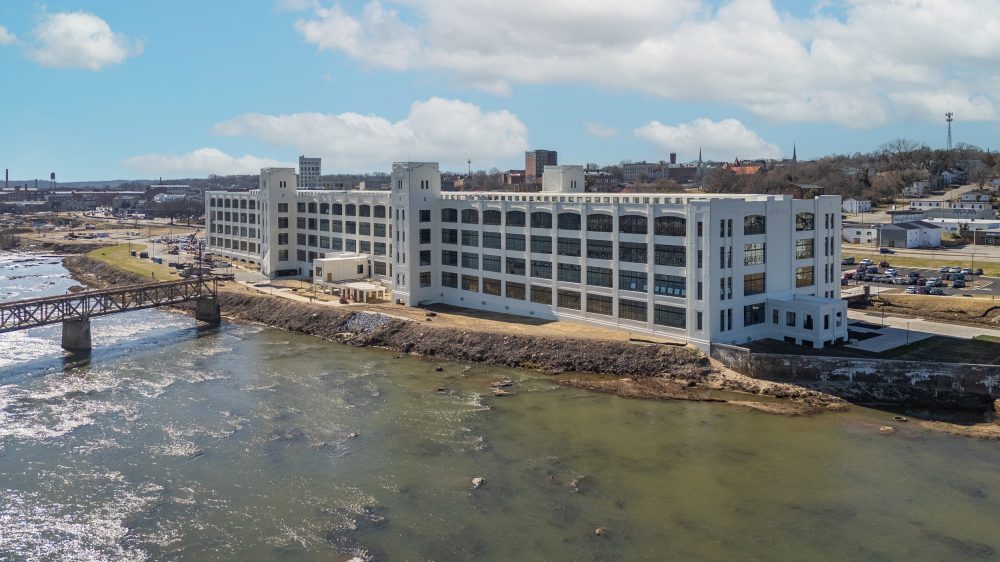Each year, Preservation Virginia compiles a list of historic sites facing imminent or sustained threats.
Usually, list entries are specific buildings or sites, not entire cities. It’s rare for a city to have as many old buildings as Danville does, said Sonja Ingram, a Danville historian and former Preservation Virginia associate director of field services. “When I say this, people think I’m crazy sometimes, but these buildings are like our pyramids,” Ingram said. “Right now, people might not see it that way, but in 500 years when they’re still standing, they might.”
When the Preservation Virginia list came out, Danville “had a really terrible reputation,” Ingram said.
After the 2006 closure of the city’s main economic driver, Dan River Mills, many empty mill buildings were demolished, despite calls from local preservationists to save them. The city has lost other historic buildings and homes, sometimes in the name of blight removal and often in Black neighborhoods, as part of what were called revitalization efforts.
Much has changed in Danville in recent years, as the city began to see preservation efforts contribute to economic successes. The city is now in the process of creating a historic preservation committee to ensure that this work continues alongside the city’s rapid growth.
This does not mean that every historic building in Danville is safe. Demolition still occurs; the city earlier this year approved a permit to tear down a centuries-old warehouse in the River District to make way for an apartment complex, to great consternation from preservationists.
Preservationists acknowledge that there simply aren’t enough historic buildings in Danville to meet housing needs in the rapidly growing city, even if each and everyone was renovated — something that is unlikely to happen.
They caution that new construction needs to be done appropriately and in the right places.
What can preservation do for a community?
Historic preservation involves finding creative ways to repurpose old buildings for new use, guided by regulations designed to protect original features such as roof lines, windows and walls.
Often, people think of historic preservation as safeguarding the past, said David Brown, the former chief preservation officer for the National Trust for Historic Preservation and former executive director of the Historic Staunton Foundation.
“They think of museums, things frozen in amber,” Brown said. “But that’s not really what historic preservation is today. It’s much more dynamic, and it’s about building continuity between the past and the present and looking to the future.”
Localities that use their historic resources to catalyze developments are often more attractive places to live, Brown said.
“They provide an identity. They’re not just any place,” he said. “If you go to a lot of new places, especially suburban developments, you’ll see a lot of cookie-cutter design … but old places help us tell our story. They’re part of our memory.”
People are attracted to cities that “launch off of their historic fabric and resources,” said Elizabeth Kostelny, CEO of Preservation Virginia.
Localities that do this are often more walkable, more accessible and more attractive to both residents and visitors, who like to feel connected to a place’s history, she said.
“The rehabilitation of historic resources often brings an interesting community together, where you have creative arts moving in, as well as traditional businesses,” Kostelny said. “It really makes a community multidimensional.”
These types of projects are referred to as “adaptive reuse,” a phrase that refers to repurposing existing structures for new use while preserving their historical significance.

